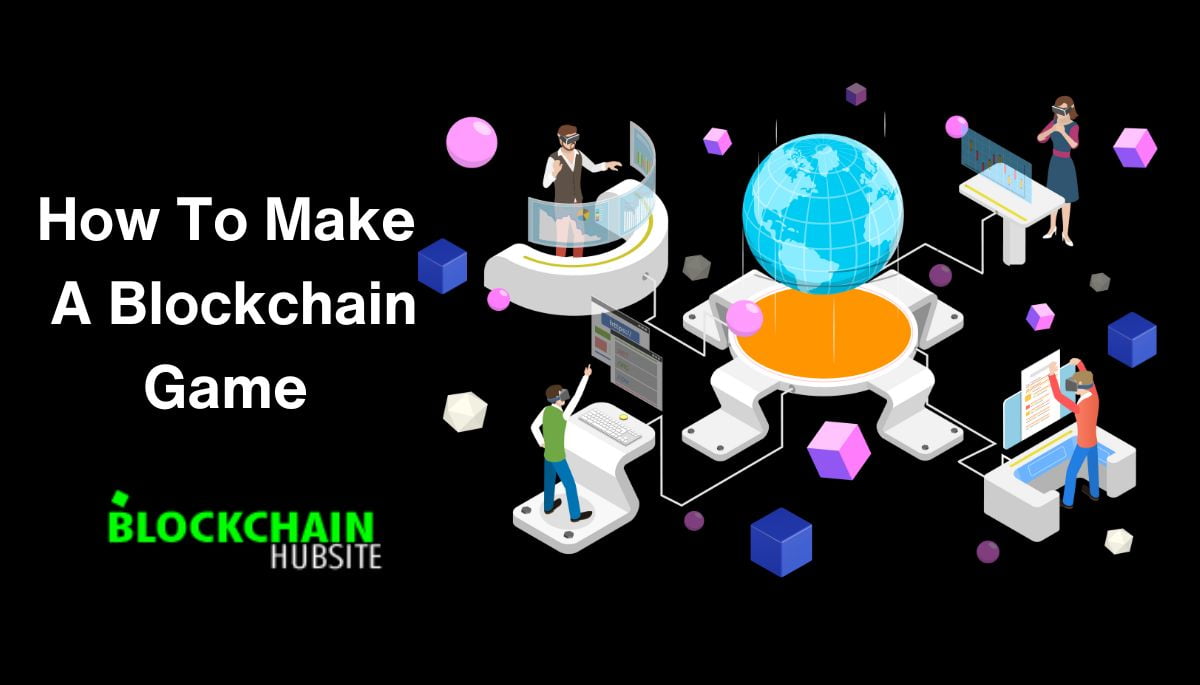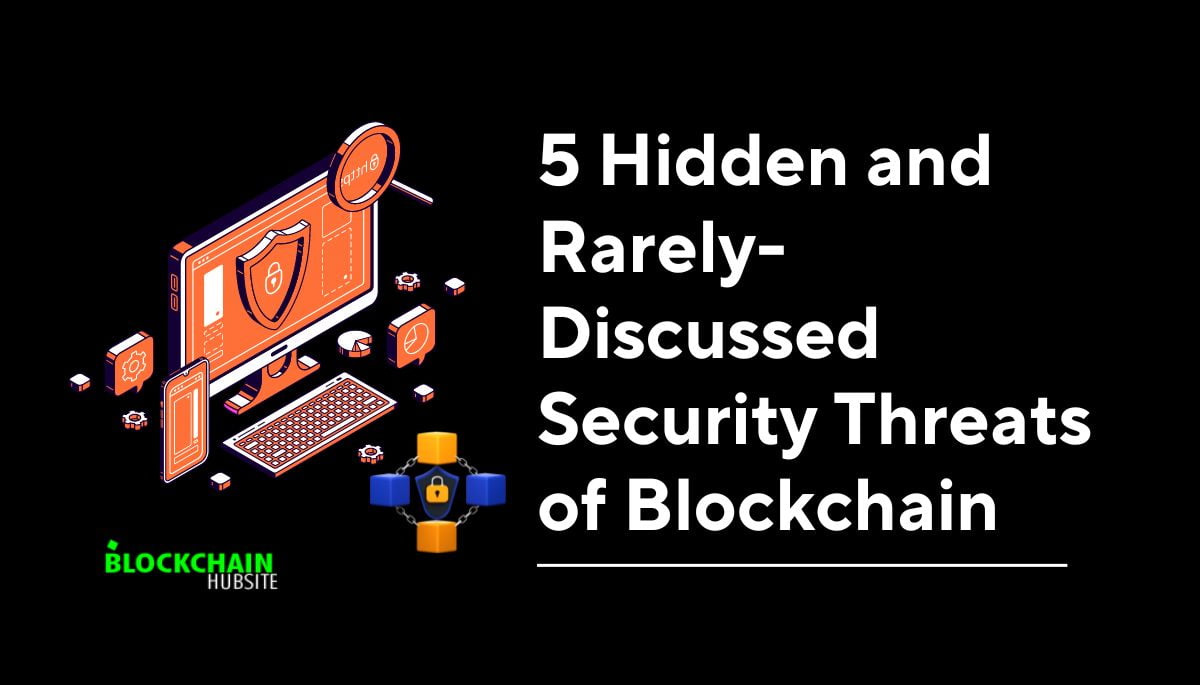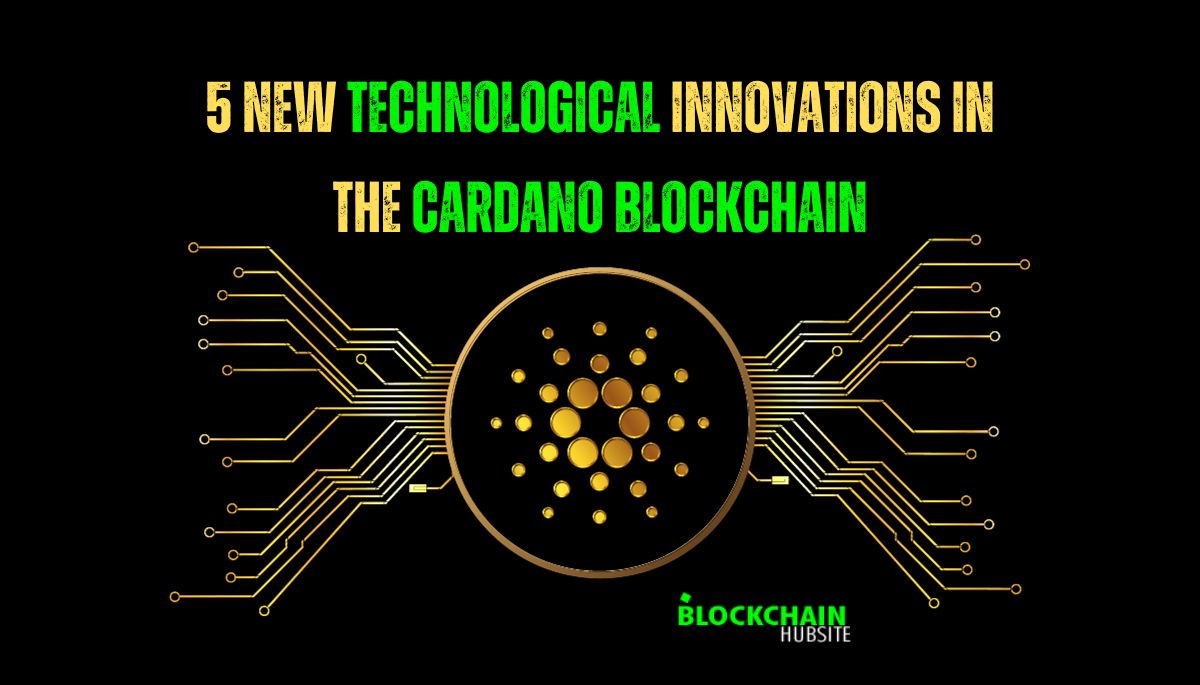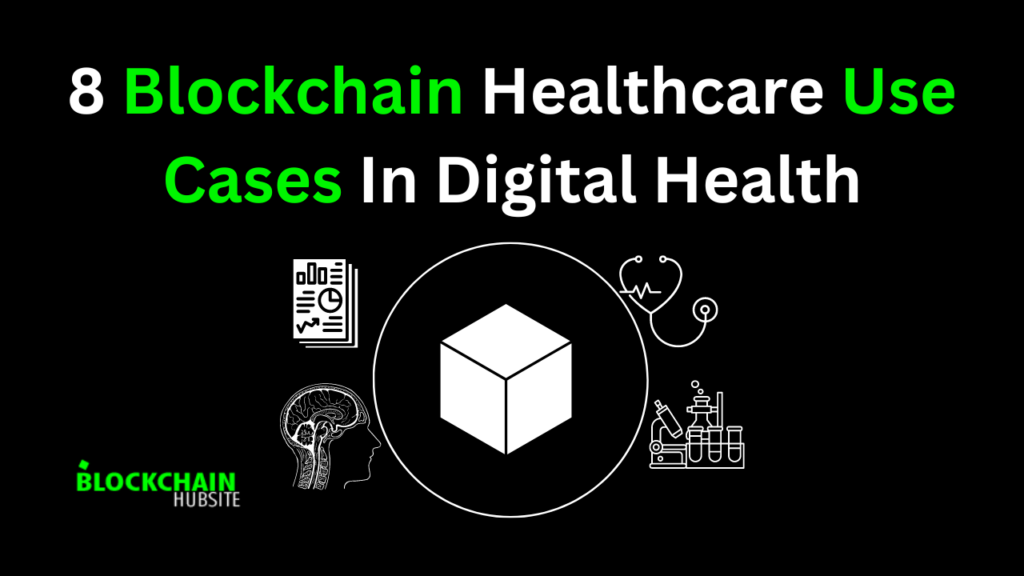
Table of Contents
Introduction
Many sectors have found new opportunities thanks to blockchain technology based on decentralization and transparency. Blockchain gaming is one industry that is experiencing tremendous innovation. By incorporating blockchain technology, games may offer players new features, simpler payments, more secure asset ownership, and more.
Blockchain technology allows for the transparent tracking of virtual assets in games, such as tokens, collector cards, and virtual real estate. All rights to these digital content are with the players. There is a public record of all contacts and transactions. Compared to more conventional gaming systems, this one is more resistant to manipulation and fraud.
Additionally, these decentralized games provide cryptocurrency-based peer-to-peer trade and asset withdrawals. Player-run economies can flourish with tokenized incentives and open scarcity, even in basic blockchain games.
In this comprehensive guide for those new to blockchain game development, I will show you how to create a simple Ethereum-based blockchain game from scratch. We will use smart contracts to design the game’s logic and manage assets, construct a web interface for the gameplay, and explore how Ethereum offers things that are impossible in traditional gaming.
Make your own tradable token game and publish it on the blockchain while learning blockchain development fundamentals through game design! I will go over some of the main advantages as we go along, such as how the lack of secrecy makes it impossible to cheat, how tokens’ straightforward representation of value makes complicated games possible, and how the possibility of secondary markets is made possible by actual ownership.
The Booming Gaming Market

Artificial intelligence (AI), virtual reality (VR), and augmented reality (AR) are quickly changing the gaming industry. Using blockchain technology can transform gaming from a purely recreational activity into a potentially lucrative business.
Electronic Entertainment Design and Research polled 5,000 individuals online in 2018. Roughly 211 million people, or nearly 70% of Americans, play video games on at least one type of gadget. A whopping 90% of people polled admitted to playing games on their mobile devices. According to the survey, gamers in the United States spend an average of twelve hours per week playing video games (Crecente 2018). The gaming business may have substantial financial rewards as participation in video games keeps on the rise.
The gaming industry is doing quite well. Games, videos, VR, and video game competitions will all continue to grow in popularity as technology advances. These are just a few examples of how the gaming business capitalizes on rising demand and transitioning into a recurring revenue model.
In 2018, 2.3 billion gamers across the globe spent approximately $138 billion on games, according to the Global Games Market Report by Newzoo. This figure is 13% higher than the previous year, an extra $16.2billion. According to the analysis, consumer spending on games is projected to reach $180.1 billion by 2021 (Wijman 2018). This represents a Compound Annual Growth Rate of +10.3% from 2017 to 2021.
Even though the gaming sector looks promising, much money goes down the drain due to unrealized profits. Apsalar, a mobile marketing cloud provider, found in 2015 that for every real virtual item sold and downloaded, 7.5 were lost due to fraud. This figure was substantially higher in nations like China, where 273 fake virtual goods were downloaded for every real one.
Furthermore, some gamers can obtain an unfair advantage through fraudulent in-app purchases. This degrades the experience for other players and messes with the game’s economy. The problem with mobile gaming apps is that attackers must develop new ways to trick detection systems. Virtual products have a real-world cost and a devastating effect on user growth and gaming business profits.
What are blockchain games?

Blockchain games incorporate cryptocurrencies, non-fungible tokens (NFTs), and the blockchain into their structure. This speeds up the development process and gives developers new ways to make money, while open in-game economies give players absolute digital control.
Most people nowadays associate blockchain games with “play-to-earn” models, which cast blockchain-based games in a negative light because they are seen to be less focused on immersion and more on the financial rewards associated with playing.
This simple view ignores the revolutionary change in player engagement and perception brought about by blockchain games and their value proposition
A Step-by-Step Guide to Creating Your Own Blockchain Game
A comprehensive market analysis is the first step in developing a blockchain game. The next step is to start creating your game after you’ve decided on a theme based on existing crypto games and thought about all the benefits of blockchain-based gaming. The second part focuses more on your technical choices to design a unique, entertaining, and easy-to-use crypto game.
Perform Market Research on Crypto Gaming
Even though blockchain games have only been around for a short while, many are already. A wide variety of players can choose a game that suits their interests and demands, such as Reality Clash, Blankos Block Party, CropBytes, OX Universe, or Merge Cats.
To create your own game, you must first research the current games, analyze their features and flaws, and then find a need for your game. Building a blockchain game that stands out from the crowd is now within your reach. You can find inspiration for your blockchain games by perusing this list of the most played and popular titles:
The Age of Rust
Immerse yourself in this sci-fi game’s grim atmosphere of the anti-utopia world. Players are invited to embark on space voyages, find new planets, and amass crypto assets, which may be traded through the game’s P2P system.
Crypto Space Commander
Thematically, this game is likewise set in space. The player can explore several solar systems, acquire precious materials, and combat space pirates. The game’s assets are managed using the Ethereum platform.
pixEOS
Creative people would like this game because it lets you make art and share it with other users. The fact that everyone, blockchain user or not, may access the game is its most significant selling point.
CryptoPop
You might be reminded of another well-known game called Candy Crush by this one. Grouping cryptocurrencies and popping them to generate assets is what CryptoPop is all about. Players can select their preferred cryptocurrency for payment, including Bitcoin, Ethereum, Ripple, and more.
Evolution Land
Players can engage in cross-chain transactions in this game that combines several gaming activities like micromanagement, auctions, and fighting. This blockchain-based game will surely please fans of complex strategy games and virtual simulations.
Hash Rush
In this science fiction game, players take on the role of many cultures fighting for planet domination and resources. The experts at 4IRE helped create this game, which gives players the option to utilize blockchain technology or not. The real-world worth of all tokens acquired in this game depends on players’ decisions.
Choose the Blockchain Infrastructure
Choosing the right blockchain programming language and platform is step one when creating blockchain games. Among blockchain platforms, Ethereum is among the most well-known and widely used for cryptocurrency transactions and the development of blockchain-based apps. Regarding blockchain gaming, Ethereum is currently considered one of the most dependable, safe, and user-friendly platforms. Axie Infinity, Illuvium, CryptoKitties, Decentraland, and countless other popular crypto games utilize Ethereum, demonstrating its worthiness as a viable option.
If you want to create a blockchain game, Corda is another choice. Like Ethereum, this system is ideal for game makers because of its simplicity, flexibility, and security. The primary benefits include its affordable price, openness, and security. Additionally, crypto game developers may want to consider EOSIO due to its reputation for lightning-fast transactions.
A wide variety of blockchain platforms are available; if you need help determining which one suits your requirements, experts can help you narrow down your options. For example, HashRush and other Ethereum-based blockchain games were created by the 4IRE team.
Select Software Development Kits (SDKs).
Using third-party software development kits (SDKs) is another factor to consider. Software development kits (SDKs) equip programmers with the resources to build games from the ground up, enabling them to integrate their games seamlessly into any chosen blockchain environment. This is the best option for businesses that don’t want to or can’t create their blockchain programming. So, it’s possible to save time and energy by using SDKs. 4IRE has laid out the SDK and other tools in great detail, making it easy to build, test, and deploy many blockchain applications.
Start from Scratch and Build a Blockchain Game

One could start from scratch and create their own blockchain game, but this would take much work and effort. To begin, assemble a solid group of programmers skilled in blockchain game development. Next, you must sign up for a blockchain platform (like Ethereum) immediately. The team needs to create new smart contracts after they have installed the required tools and reviewed the smart contracts of rivals. The game can be released to the public after extensive testing.
How To Make A Blockchain Game

Now, let’s explore the realm of creating blockchain games! The first step is to create a platform to run applications built on the blockchain and smart contracts.
Setting Up the Development Environment
Among the numerous blockchain systems available, Ethereum has the best documentation and community for game developers. Thus, we’ll be using it to construct our game.
Solidity is the primary language required to develop Ethereum decentralized applications. In this language, you can only write smart contracts that run on the Ethereum Virtual Machine.
We also need web3.js tools to connect the frontend to the Ethereum-based contracts and JavaScript to make a web frontend that talks to the blockchain.
We will utilize Hardhat as our development toolbox. Hardhat makes smart contract deployment, testing, and compilation easier. It has sample contracts, testing, and interfaces that we can use to construct our game fast.
After we install Node.js and npm, make a project directory, and install Hardhat to set up our environment:
npm install –save-dev hardhat
The next step is to start with the sample project:
npx hardhat init
As a starting point, this creates a model contract, test, and deployment scripts.
With Hardhat, you also get Hardhat Network, a local Ethereum network that you can use for rapid testing. The next step is to set up and run this development blockchain:
npx hardhat node
Our local Ethereum testing network is now ready! This way, we may test and deploy the game’s smart contracts in progress here before making them live.
Our blockchain game creation environment is now fully set up. The next step is writing the central smart contracts to control the game’s logic and who owns what assets.
Creating the Game Logic
Let’s outline a simple game where the object is to gather rare tokens by completing tasks. Through the integrated Ethereum functionality, players are able to trade tokens and “cash out”.
The main principles of gameplay will be:
- The player engages in activities such as “mining” or “exploring” in order to randomly obtain token rewards.
- Unique, rare tokens come in a variety of colors and values.
- Tokens can be sold on an open market or traded amongst players.
- Asset-tracking player profiles save token balances.
We’ll require smart contracts to manage:
- Using virtual assets in the form of ERC-20 and ERC-721 tokens
- Generating token awards in response to game activity
- Maintaining player profiles and assigning ownership
- Facilitating peer-to-peer transactions
This is how the Solidity token contract outline would look:
solidity
contract GameToken is ERC20, ERC721 {
function awardTokens(…) external {
// Logic to award random token on action
}
function tradeTokens(address recipient, uint256 amount) external {
// Transfer tokens between players
}
}
The primary tasks will be managing trades, updating player balances, and delivering token incentives. The game can facilitate multi-tiered collecting and speculation by portraying fungible “normal” tokens and unique collectables as blockchain assets.
To manage player profiles, token balances, histories, and level information are saved to the contract’s permanent storage. This enables the retrieval of all ownership records.
On Ethereum, every logic is executed decentralized. The graphical user interface needs to be constructed after contracts are in place to provide the essential gaming features.
Building the Game Interface
After using smart contracts to construct our main game logic, the next step is to design the gameplay’s graphical user interface.
Using HTML and JavaScript on the front end, we will create a basic web application that calls the contracts on the back end. We can use a framework like Phaser.js for graphic rendering.
We require web3.js to link the website to the Ethereum-hosted contracts. The front end can communicate with the blockchain thanks to this library.
js
// Initialize web3 provider
const web3 = new Web3(window.ethereum);
// Get reference to deployed contract
const contract = new web3.eth.Contract(abi, address);
After that, we can use our client code to call the contract functions.
The UI requires components such as:
- A landing page that provides details about the game
- Sign-up/login forms linked to addresses on Ethereum
- Main game screen with information and boards
- Action buttons to activate gaming features
- Wallet displaying token history and assets
We leverage MetaMask integration to link actions to player identities securely. We can fully utilize Ethereum’s security for our app by confirming actions and payments through signed messages.
js
// Sign transaction to contract using MetaMask
contract.actions({from: currentUser}).signTransaction()
Overall, users can engage with the decentralized game that runs transparently on Ethereum contracts through the web interface, which is a familiar and easy-to-use interface.
This enables the creation of a functional game prototype quickly. Later on, by encouraging adoption, we can improve the graphics, add more levels and gameplay variety, and create a lively asset trading community.
Deploying and Launching the Game
The next stage is to deploy our game logic and web interface to a public blockchain after they are finished.
We should first thoroughly test the smart contracts on our local Hardhat network to debug logic and flows. With the integrated testing tools in Hardhat, we can automate checks.
js
// Example test
it(“Should award token when action performed”, async () => {
const tokensBefore = await contract.tokens(player)
await contract.performAction({from: player})
const tokensAfter = await contract.tokens(player)
assert(tokensAfter > tokensBefore)
})
After the contracts are operational, we release them onto the Ethereum mainnet for general access:
npx hardhat –network ethereum deploy
Anyone connecting to the deployed contract addresses can now access the game!
We developed a small website that guides new users through installing the MetaMask wallet, funding with ether from exchanges to cover transaction fees, and playing straight through wallet connectivity to expedite the signup process.
In the future, we can also support wallet-free logins by utilizing WalletConnect and other substitute providers.
Now that everything is set up and working smoothly, it’s time to get the word out! We can offer branded NFT collectibles to encourage organic growth, advertise at gaming conferences, and hold contests to reward early players.
Our open-source, Ethereum-based game is now prepared for wide release! Blockchain opens the door to player-owned economies, provable fairness, and the possibility of entirely new game models. Combining these advantages with a compelling core gameplay loop, we have all the ingredients for a successful breakthrough.
Marketing and Future Improvements
Our game is now completely functional on the mainnet, but player attraction is essential for the ecosystem to grow actively.
By holding early competitions and rewards for accomplishments like having the largest token balance, making new friends, and being top traders, we can promote organic adoption. Players become addicted to core loops thanks to these rewards.
Additionally, in order to personally illustrate the seamless user experience and innovative ownership opportunities, we ought to go to gaming conferences and expos. Testimonies from fervent early adopters can help the message gain traction.
We require a functional enhancement roadmap for sustainability, which should include the following:
- Novel features for tokens and the debut of collectibles
- Competitive multiplayer battle modes
- Karma/reputation monitoring for local government
- Mobile native apps for quick access to resources
We need to examine new technologies and trends, such as decentralized cloud storage and virtual reality integrations, as blockchain gaming continues to attract significant investment. This aids in the uniqueness and continued relevance of our game.
In the end, we can promote widespread adoption by proving player empowerment, emphasizing interesting and significant rewards, and advocating for a fair economic future for both developers and players.
Benefits of Blockchain Gaming

Blockchain technology could revolutionize the gaming industry by opening up new ways for users and developers to engage with gaming platforms. Blockchain technology is going to revolutionize the gaming industry in every way. Due to their familiarity with in-game virtual currency models and the benefits of integrating cryptocurrency networks into the domain, gamers were among the first to adopt cryptocurrencies.
The gaming sector stands to benefit significantly from blockchain technology in several ways:
1. Allows full control of virtual assets.
Players can’t buy, sell, or exchange in-game assets outside of the game and don’t own the games they buy. This is because gaming businesses frequently store in-game assets on centralized servers to prevent the duplication of files.
Players can own and trade virtual assets thanks to blockchain technology, which enables complete transparency and decentralized control. The ability to immediately transfer virtual assets across games is a massive perk for gamers.
2. Rewards interaction with video games.
Users can earn tokens by playing, reviewing, or sharing games on social media platforms, all made possible by blockchain technology.
Developers may keep tabs on what players are up to and use that information to improve games by providing reviews and player feedback.
3. Enhances trustworthiness and responsibility.
An immutable ledger, blockchain operates through a peer-to-peer network. It lets users utilize their accounts across different gaming sites and keeps track of all transactions, such as in-game item trades, player history, and interactions between gamers.
Players are encouraged to behave responsibly within the community and promote transparency within the gaming ecosystem because these records are publicly available.
4. Reduces fraud by improving security.
In the past, con artists frequently copied and resold high-priced video games, reducing their value and making them unoriginal. The immutable, encrypted record of a digital asset and its owner is created by blockchain technology, which eliminates the possibility of crucial duplication, hacking, or theft.
5. Offers quicker and more transparent payment processes.
With blockchain technology, gamers can shop confidently, knowing their payments are safe and processed quickly. The developers can now process nano-payments soon with this technology, which means credit or debit card firms won’t be needed anymore. This allows creators to reinvest in marketing for the game’s launch swiftly. Players can make any transaction, no matter how small because the debit or credit card companies set no minimums.
Furthermore, blockchain makes it impossible for criminals to hack the payment process. Information theft or market manipulation is rendered nearly impossible by blockchain technology.
6. Creates a more exciting gaming universe.
It improves the gaming universe by making it more engaging. Regarding digital asset storage, blockchain technology offers a superior alternative for game-generated data. Thanks to this new technology, gaming firms can join forces and establish separate but complementary gaming universes, with all the terms and conditions securely bound by smart contracts.
7. Allows for unrestricted gaming economy.
Unfettered gaming economies are possible with blockchain technology, eliminating the need for regulation. Developers can now receive continuous royalties for in-game items traded thanks to this technology. The developers can either enable unrestricted item trade or turn off asset sales.
8. Demonstrates limited supply and asset scarcity.
Using blockchain technology, game developers can generate uncommon virtual items or tweak existing assets to make them more valuable, including armor, swords, and in-game cosmetics.
The CryptoKitties game, for instance, stored adorable kitties that players could acquire and sell using this technology. The “Genesis Cat” was an unanticipated hit, selling for $115,000 and eventually becoming the best-selling cat in the world. Evidence of a scarcity of supply drove rising demand.
Brings more people into the game industry.
9. Voting is a common feature in many online games.
Unreliable results from the voting system are a direct outcome of the existing vote manipulation and corruption methods. Blockchain technology may make game voting more accessible to all players. Because of blockchain’s decentralized smart contract, manipulating the voting mechanism becomes very difficult.




